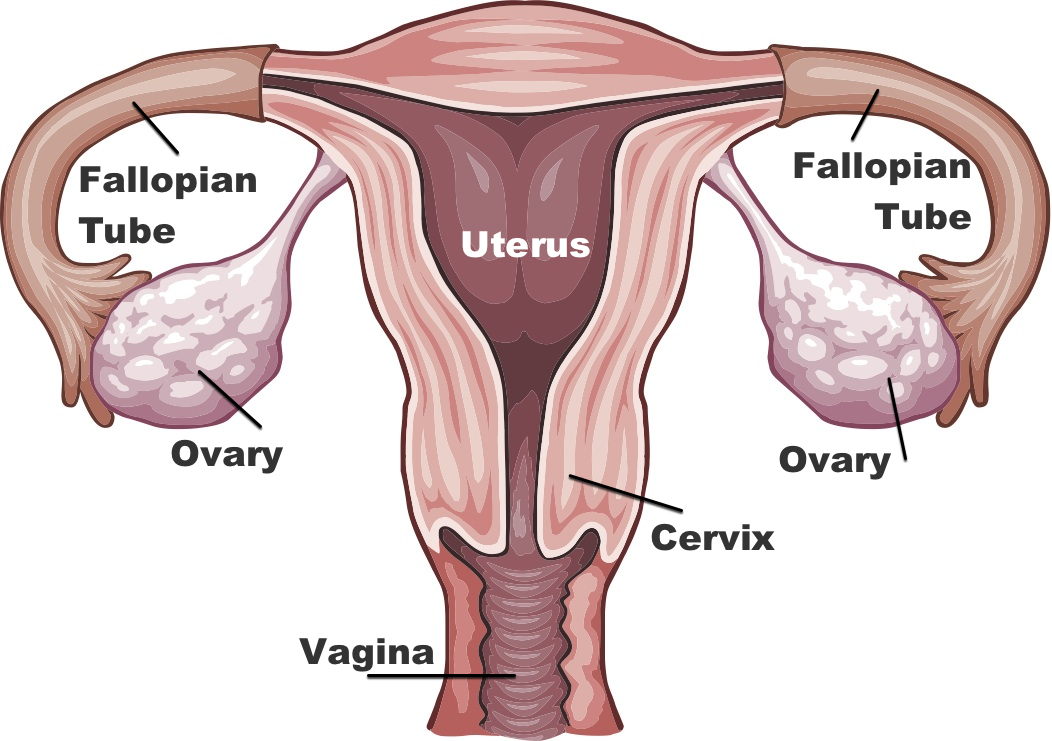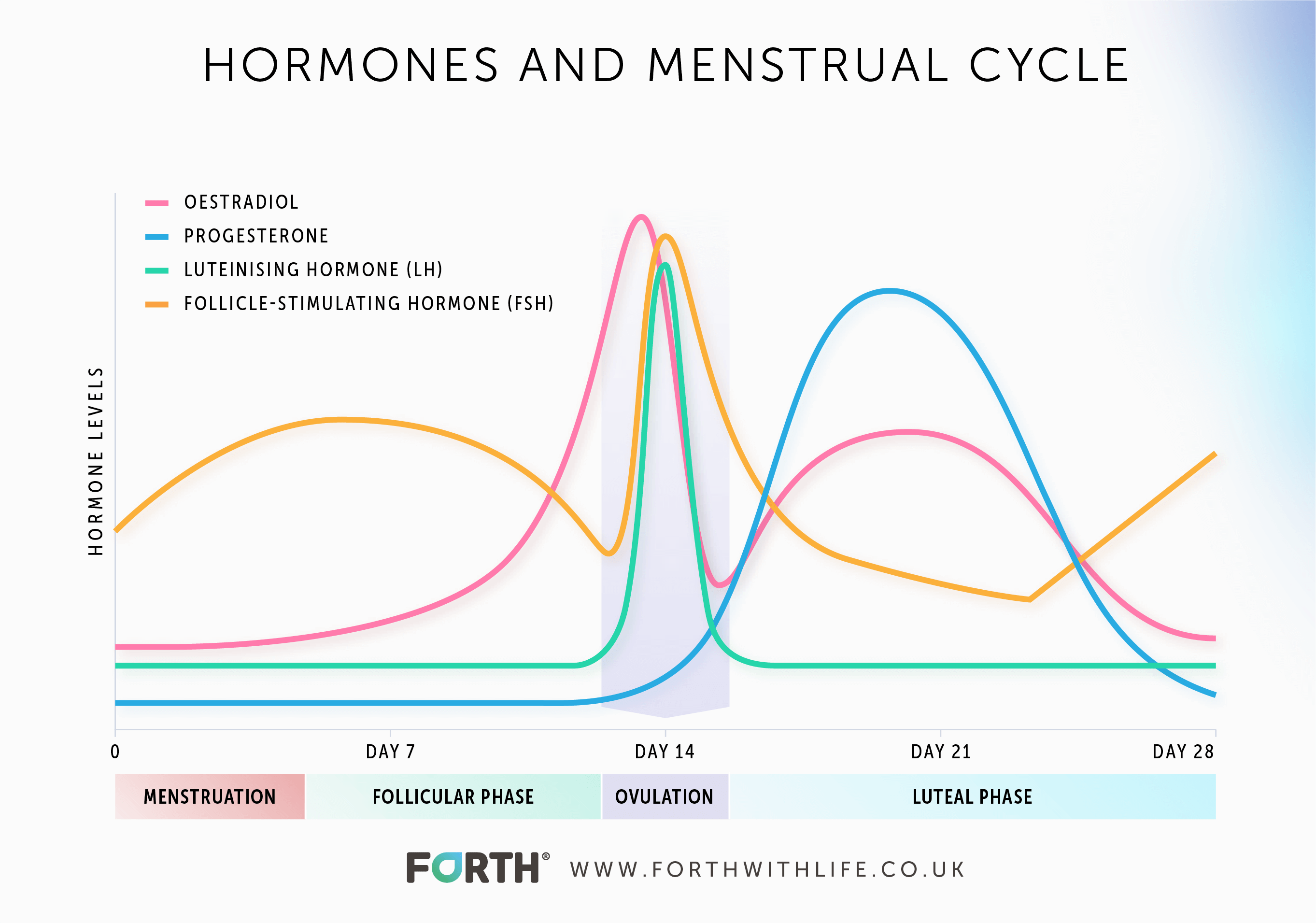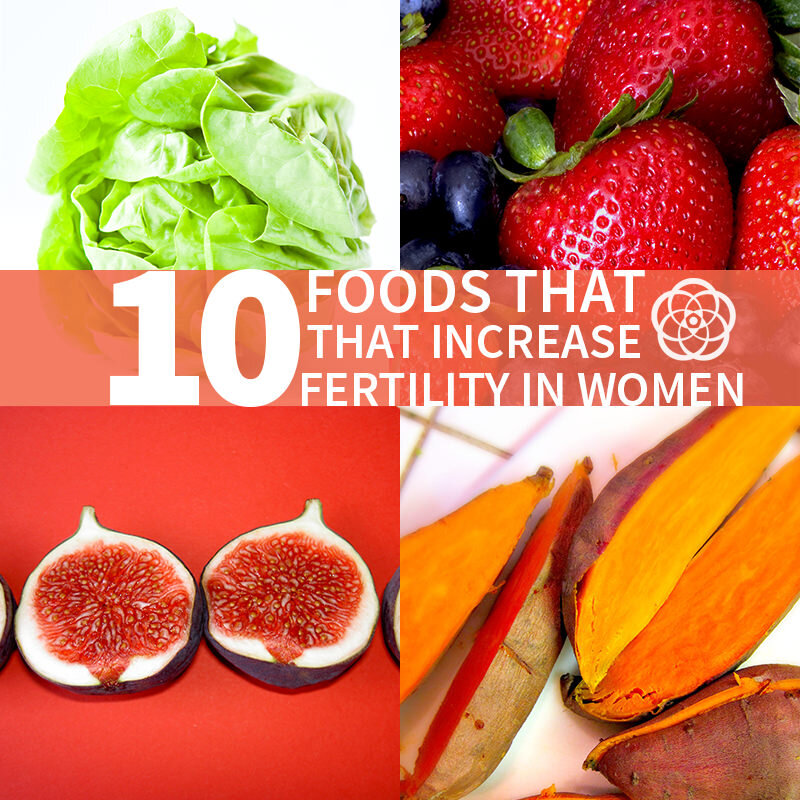Ovulation And Increased Libido
Ovulation And Increased Libido - Many women experience increased sex drive during ovulation, about two weeks before their period. You can expect to experience libido changes during ovulation for. This is primarily due to hormonal. How long does an increased sex drive last during ovulation? On the other hand, if sex is done without a condom 1 day before ovulation, then the chances increase between 21 to 34 percent.
You can expect to experience libido changes during ovulation for. Many women experience increased sex drive during ovulation, about two weeks before their period. On the other hand, if sex is done without a condom 1 day before ovulation, then the chances increase between 21 to 34 percent. How long does an increased sex drive last during ovulation? This is primarily due to hormonal.
This is primarily due to hormonal. You can expect to experience libido changes during ovulation for. On the other hand, if sex is done without a condom 1 day before ovulation, then the chances increase between 21 to 34 percent. How long does an increased sex drive last during ovulation? Many women experience increased sex drive during ovulation, about two weeks before their period.
How Sexual Desire and Arousal Change With Your Cycle
This is primarily due to hormonal. You can expect to experience libido changes during ovulation for. On the other hand, if sex is done without a condom 1 day before ovulation, then the chances increase between 21 to 34 percent. How long does an increased sex drive last during ovulation? Many women experience increased sex drive during ovulation, about two.
What Is Ovulation? Live Science
How long does an increased sex drive last during ovulation? On the other hand, if sex is done without a condom 1 day before ovulation, then the chances increase between 21 to 34 percent. Many women experience increased sex drive during ovulation, about two weeks before their period. You can expect to experience libido changes during ovulation for. This is.
Ovulation Cycle How does Ovulation Work? SheCares
This is primarily due to hormonal. On the other hand, if sex is done without a condom 1 day before ovulation, then the chances increase between 21 to 34 percent. Many women experience increased sex drive during ovulation, about two weeks before their period. How long does an increased sex drive last during ovulation? You can expect to experience libido.
Increased Libido During Ovulation Explained Natalist
How long does an increased sex drive last during ovulation? You can expect to experience libido changes during ovulation for. Many women experience increased sex drive during ovulation, about two weeks before their period. On the other hand, if sex is done without a condom 1 day before ovulation, then the chances increase between 21 to 34 percent. This is.
Peak Ovulation Day [How to Maximize Your Fertility] Postpartum
How long does an increased sex drive last during ovulation? On the other hand, if sex is done without a condom 1 day before ovulation, then the chances increase between 21 to 34 percent. Many women experience increased sex drive during ovulation, about two weeks before their period. You can expect to experience libido changes during ovulation for. This is.
What Are The Female Fertility Hormones And What Role Do They Play?
On the other hand, if sex is done without a condom 1 day before ovulation, then the chances increase between 21 to 34 percent. Many women experience increased sex drive during ovulation, about two weeks before their period. You can expect to experience libido changes during ovulation for. How long does an increased sex drive last during ovulation? This is.
UNDERSTANDING OVULATION
How long does an increased sex drive last during ovulation? You can expect to experience libido changes during ovulation for. Many women experience increased sex drive during ovulation, about two weeks before their period. This is primarily due to hormonal. On the other hand, if sex is done without a condom 1 day before ovulation, then the chances increase between.
What Happens In Your Body During Ovulation?
On the other hand, if sex is done without a condom 1 day before ovulation, then the chances increase between 21 to 34 percent. How long does an increased sex drive last during ovulation? This is primarily due to hormonal. Many women experience increased sex drive during ovulation, about two weeks before their period. You can expect to experience libido.
10 Foods That Will Increase Fertility and Libido in Women The Kaldas
This is primarily due to hormonal. You can expect to experience libido changes during ovulation for. How long does an increased sex drive last during ovulation? Many women experience increased sex drive during ovulation, about two weeks before their period. On the other hand, if sex is done without a condom 1 day before ovulation, then the chances increase between.
The signs and symptoms of ovulation
On the other hand, if sex is done without a condom 1 day before ovulation, then the chances increase between 21 to 34 percent. How long does an increased sex drive last during ovulation? You can expect to experience libido changes during ovulation for. Many women experience increased sex drive during ovulation, about two weeks before their period. This is.
Many Women Experience Increased Sex Drive During Ovulation, About Two Weeks Before Their Period.
You can expect to experience libido changes during ovulation for. How long does an increased sex drive last during ovulation? On the other hand, if sex is done without a condom 1 day before ovulation, then the chances increase between 21 to 34 percent. This is primarily due to hormonal.




![Peak Ovulation Day [How to Maximize Your Fertility] Postpartum](https://postpartumtrainer.com/wp-content/uploads/2021/02/follicular-phase-luteal-phase.jpg)




